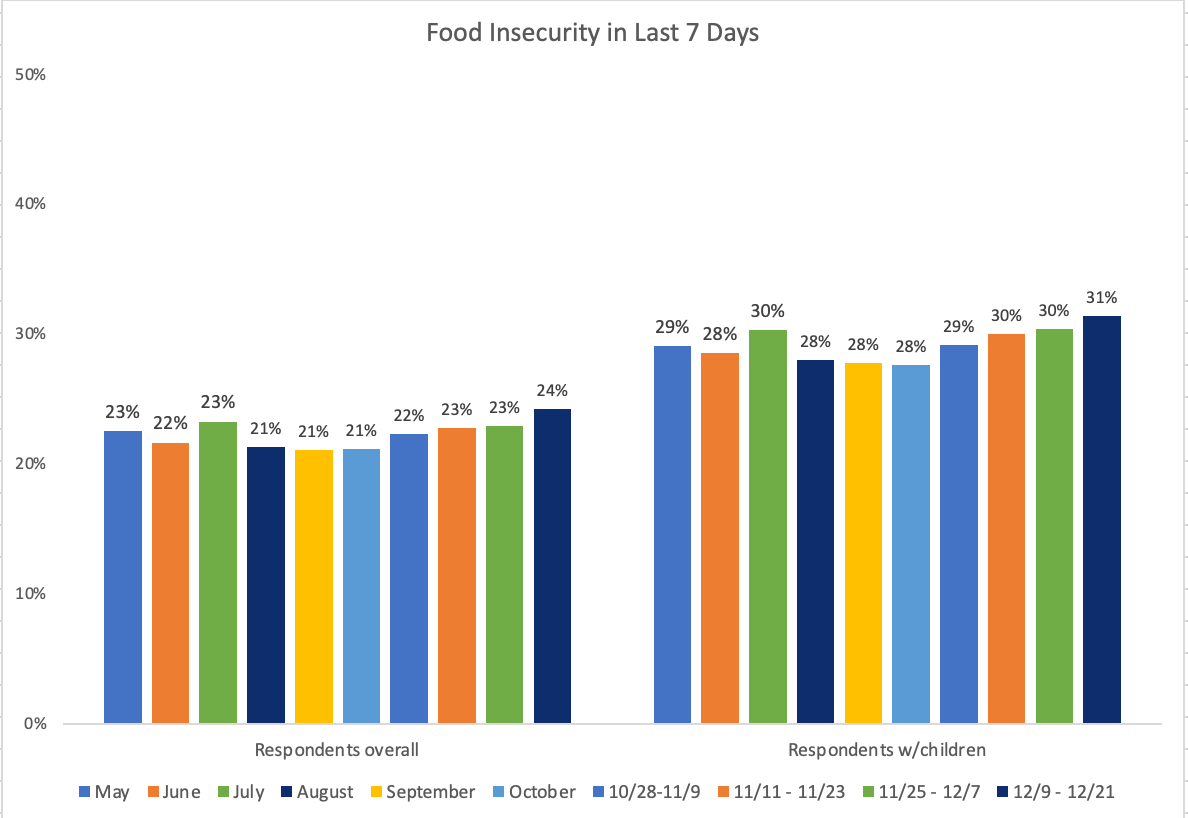
How to get URL link on X (Twitter) App


 Share reporting sometimes/often not enough to eat last week continued its climb.
Share reporting sometimes/often not enough to eat last week continued its climb. 


https://twitter.com/dwschanz/status/1303706187406376963New questionnaire is much longer. Like 20 min vs. old 12 min. People drop off as the survey goes on. Here's what nonresponse %'s are, by section, in week 12 vs. week 13.


